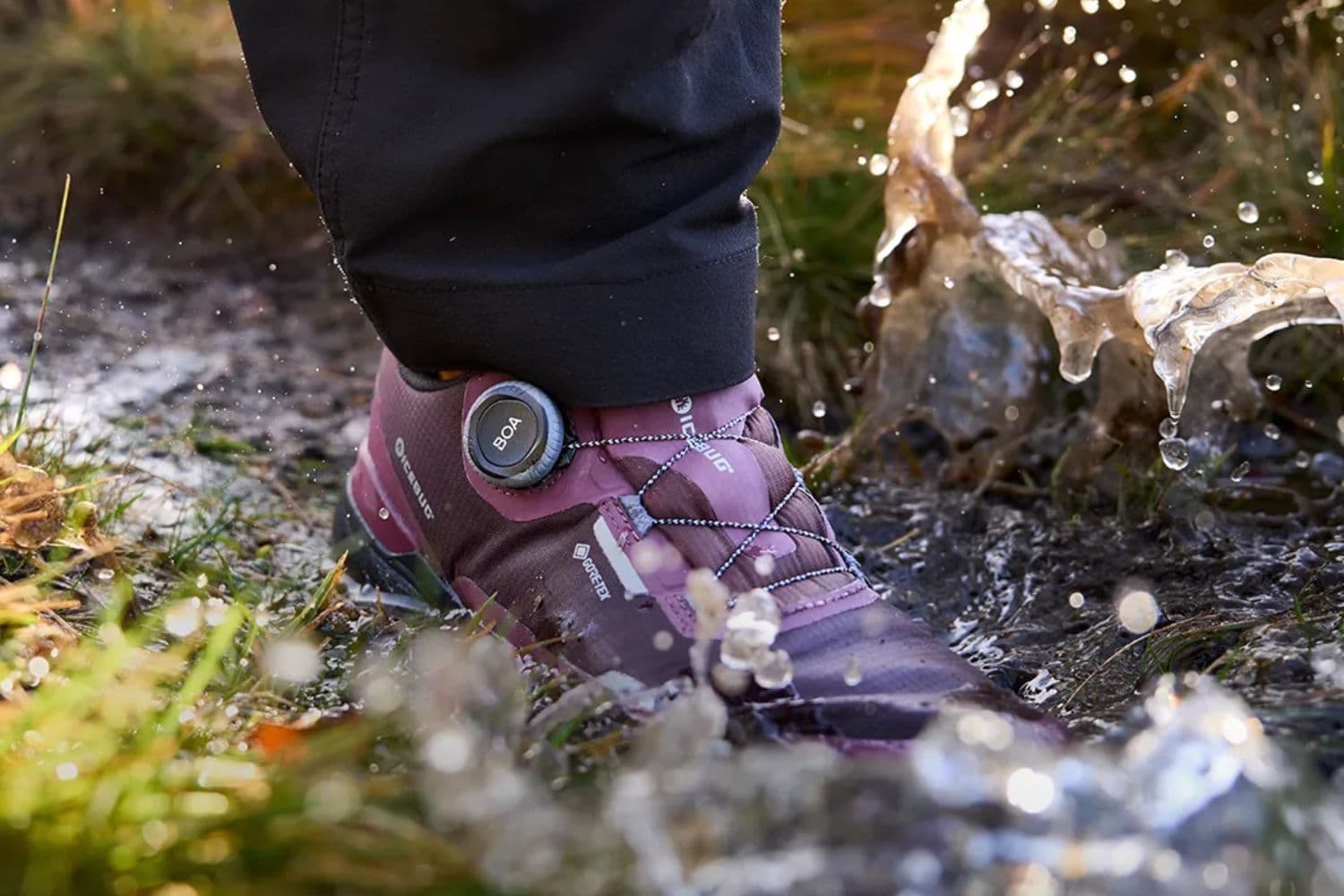Introduced as part of Nike’s effort to address the challenges of modern life, ISPA emphasizes adaptability and functionality while also exploring environmentally conscious solutions. This initiative shows Nike’s efforts to reduce waste and promote circular design principles in the sportswear industry.
ISPA serves as a testing ground for cutting-edge ideas in materials, construction, and design. It allows Nike’s designers to experiment with unconventional solutions to tackle challenges like environmental impact, material waste, and performance durability. Over the years, the ISPA program has yielded a range of products that reflect this philosophy, offering insights into how sustainability can coexist with high-performance functionality.
ISPA’s Guiding Principles
The ISPA initiative is built on four core principles: improvise, scavenge, protect, and adapt. These ideas are more than just a mission statement—they inform every stage of product development.
Improvise: ISPA designs often address real-world problems, finding creative ways to adapt to the environment and user needs.
Scavenge: This principle is evident in the use of repurposed and recycled materials, reducing the environmental footprint of ISPA products.
Protect: Many ISPA designs aim to shield wearers from harsh conditions while maintaining comfort and style.
Adapt: Products under the ISPA umbrella are built for flexibility, allowing them to perform in a variety of settings and circumstances.
These principles provide a framework for exploring innovative solutions that combine functionality and sustainability.

Sustainability at the Forefront
One of ISPA’s most notable contributions is its focus on sustainability, particularly through circular design principles. This approach reimagines the product lifecycle by prioritizing recyclability, modularity, and the use of sustainable materials. Traditional sneakers are often made from fused materials and adhesives, making recycling difficult. ISPA challenges this paradigm by creating designs that can be disassembled and repurposed.
The ISPA team has also experimented with using a high percentage of recycled and repurposed materials in their products. These efforts align with Nike’s broader "Move to Zero" initiative, which aims to achieve zero waste and net-zero carbon emissions. ISPA’s innovative practices provide a testing ground for solutions that could eventually be scaled across Nike’s product lines.
Innovative Designs and Key Models
ISPA’s experimental nature has led to the creation of several notable designs, each reflecting the program’s commitment to sustainability and performance. One standout model is the ISPA Link Axis, which exemplifies circular design through its modular, glue-free construction. This shoe uses interlocking components that can be easily disassembled for recycling, addressing one of the major barriers to sustainability in footwear.
The ISPA Link Axis also incorporates materials like 100% recycled polyester in its Flyknit upper and recycled TPU in its outsole and cage. By focusing on recyclability and using eco-conscious materials, the Link Axis demonstrates how ISPA merges sustainability with high-performance footwear design.
Beyond the Link Axis, other ISPA products, such as lightweight sandals and utility-focused boots, also showcase how the program addresses diverse needs. Many of these designs feature bold aesthetics and functional enhancements tailored for urban environments, extreme weather, or everyday wear.



The Role of Experimentation in ISPA
ISPA’s experimental approach allows Nike to test ideas that might now be too far of a stretch for its main product lines. By creating small-batch releases and niche products, ISPA provides valuable insights into how consumers respond to new concepts, materials, and designs. This flexibility enables Nike to iterate quickly and adopt successful innovations on a broader scale.
This experimentation has led to breakthroughs not only in sustainable design but also in comfort, durability, and versatility. ISPA designs often incorporate features like modular soles, advanced cushioning systems, and materials that adapt to changing conditions, making them highly functional for a variety of use cases.
Consumer Engagement and Education
Nike has also made a point to involve consumers in the sustainability conversation through the ISPA program. By highlighting the eco-conscious aspects of its products, ISPA helps raise awareness about the importance of circular design and responsible consumption. The glue-free construction and modularity of certain ISPA models, for example, are not just technical features—they’re part of a broader effort to encourage consumers to think about the life cycle of the products they buy.
ISPA’s distinct branding and storytelling further enhance its appeal. From its minimalist, utilitarian packaging to its bold, futuristic aesthetics, ISPA products communicate both innovation and purpose.
Challenges and Opportunities
While ISPA has made significant strides in sustainable footwear, challenges remain. Scaling circular design across the entire footwear industry will require widespread adoption of modularity and material innovations. Additionally, consumer behavior plays a critical role—designs intended for recycling must be returned to appropriate facilities, and that process depends on effective infrastructure and consumer participation.
Despite these challenges, ISPA provides a blueprint for what sustainable footwear could look like in the future. The program’s emphasis on experimentation and adaptability offers lessons that extend beyond Nike, serving as an inspiration for the broader sportswear and fashion industries.

Wrapping Up
Nike’s ISPA initiative represents an ambitious attempt to redefine what footwear can be. By focusing on sustainability, functionality, and experimentation, ISPA is pushing the boundaries of design while addressing some of the industry’s most pressing environmental challenges. From modular construction to the use of recycled materials, ISPA demonstrates that innovation and sustainability can work hand in hand.
As the program continues to evolve, it serves as a reminder that tackling sustainability requires creativity, collaboration, and a willingness to challenge conventional norms.
Frequently Asked Questions (FAQ)
What is the goal of Nike's ISPA program?
The ISPA program is designed to test innovative and sustainable solutions within the sportswear and footwear industry. It focuses on circularity, experimental materials, and designs that are both functional and environmentally friendly.
How does ISPA contribute to sustainability within Nike?
ISPA integrates circularity into design by using recycled materials and modular constructions, such as the ISPA Link Axis. This helps Nike reduce waste and supports the brand’s broader "Move to Zero" goal.

.jpg&w=128&q=75)


.png&w=3840&q=75)




